Beijing Daily ▪Old Beijing Pictures | Author Zhao Zhenhua
Speaker
Zhao Zhenhua, whose net name is “A Pike Gun”. Before retiring, he worked in enterprise management for 40 years. He is an authentic old Beijinger (lived in Beijing for more than ten generations and four hundred years). Influenced by his family, he has been fond of Beijing culture since he was a child. In the past 30 years, he has collected more than 10,000 photos of old Beijing, nearly 1,000 old Beijing sayings, nearly 1,000 old Beijing sayings, and hundreds of old Beijing songs. Every Saturday at 8 o’clock, Mr. Zhao will talk about old Beijing in the old Beijing Tushuo reader group on time.
Friends who are familiar with old photos of Beijing know that during the Republic of China, there was a particularly famous German female photographer, Hedda Morrison, who left many precious historical images for old Beijing. , Everyone affectionately calls her “Little Mo”. Today, we continue to tell the story of “Little Mo”
The last issue finally mentioned that in 1941, after Alastair Morrison left, Hedda Hammer (who changed her name to Hedda Hammer after her marriage) Morrison) was struggling to get by in Beijing, and she had been thinking about Alasdair over the past few years, and Alastair had always been thinking about Haida, but the work of the army made him unable to help himself. He was not allowed to return to Peiping until 1946, a year after the victory of the Anti-Japanese War.
The plane landed at Xiyuan Airport, and Haida, who was waiting below, hugged him warmly. They were married a few days later. After the two spent a month off in Beijing, Alastair was leaving Beijing. The departure of her husband forces Hedda Morrison to face a difficult choice. Beijing is her second hometown. She is really reluctant to leave, but she can’t bear to break up with her newly married lover. Between the two, she can only choose the same thing. Finally she left Beijing with Alastair.
According to the arrangement of the British government, Alastair first went to Hong Kong to work for more than a year, and then went to Sarawak, which was a British colony at the time, which is now the state of Sarawak in Malaysia. Alastair served as a government official, and Heida Morrison continued to engage in photography, where he also published several Sarawak photo albums and memoirs. Alastair worked in Sarawak until retirement, and then the two chose to go to Australia, Alastair’s native country, as a place to retire, and the couple settled in the capital, Canberra.
Heida Morrison went back to Beijing briefly in 1948 to pack up. After that, Heida Morrison came to Beijing again, more than 30 years later, in 1979. At this time, the city of Beijing has completely changed. The Beijing city wall that she loves and often climbs has disappeared. Originally, she was very familiar with the dozens of beautiful city towers and arrow towers that she had visited countless times and took countless photos. , There are only two or three corner towers left, replaced by tall buildings and chimneys that have no feelings for her. She was extremely disappointed and saddened by this, but the kind and gentle Hedda Morrison did not get angry, but said mildly: “It is easy to make people question the fact that Beijing has grown to such a large scale as it is today, and how much is it here? Wouldn’t it be a good thing to have so many industries in an arid region, if a more imaginative planning scheme could at least preserve Beijing’s city walls. Still, Beijing is one of the best cities in the world.”< /p>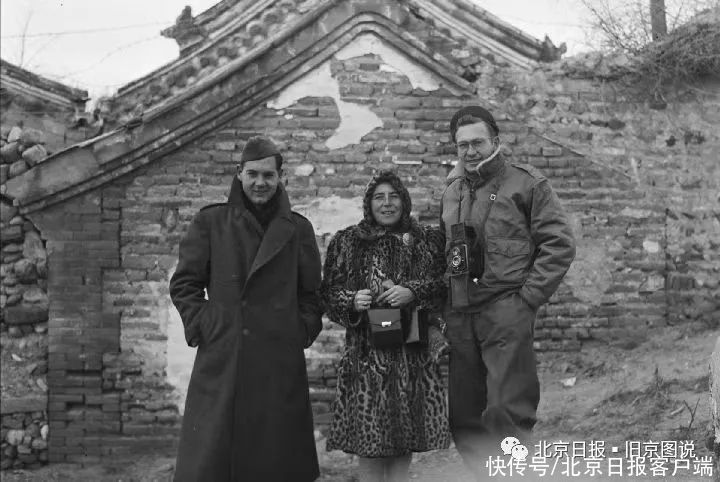
A photo of Morrison and her two sons in Beijing in 1979 next to the house where she once lived.
Morris passed away peacefully in Canberra, Australia in 2001. Morrison lived in Beijing for 13 years. She loved Beijing very much. She took more than 10,000 photos in Beijing, showing various scenery, The market, architecture, customs and customs are all there, almost all-encompassing, and now it seems to be an extremely precious photo. The negatives of these photos, as well as the nearly 6,000 carefully cropped photos she printed out, were donated to the Yenching Library of Harvard University in the United States in accordance with her will. Her husband, Alastair Morrison, died in 2009.
This is the end of the story about Haida Morrison. I personally think Haida Morrison is a great woman who loves more than many Chinese and Beijingers. As a foreigner in old Beijing, I very much understand her mood in her later years. Her heart is connected with those of us who love old Beijing!
In the previous issues, we talked about the road outside Yongding Gate turning a corner, and Haida Morrison also took many old photos of Yongding Gate.
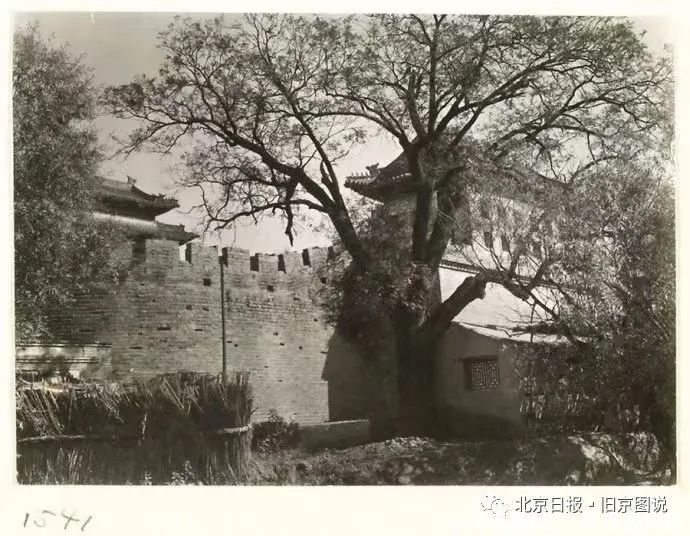
Yongdingmen Arrow Tower and Urn City shot by Haida Morrison from southwest to northeast outside Yongdingmen.
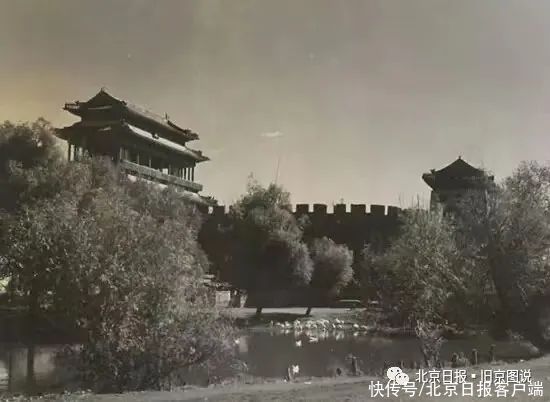
On the south bank of the moat, from the southwest to the northeast, the Yongdingmen gate tower, the arrow tower and the Wengcheng under the shade of green trees. Hedda Morrison
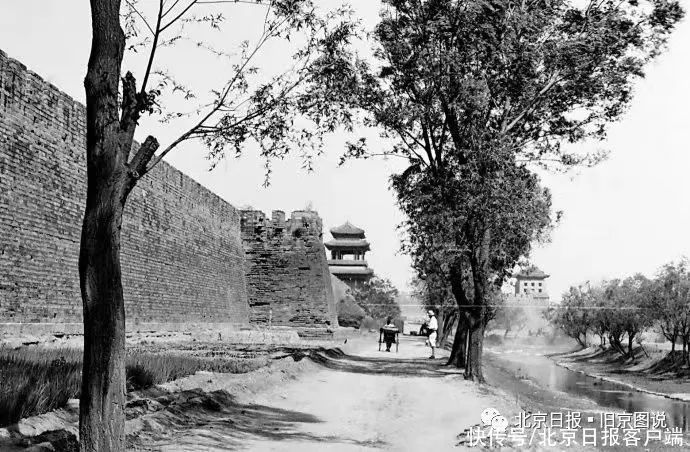
Yongding Gate taken from west to east on the small road between the west city wall and the moat outside Yongding Gate Towers and watchtowers. Hedda Morrison
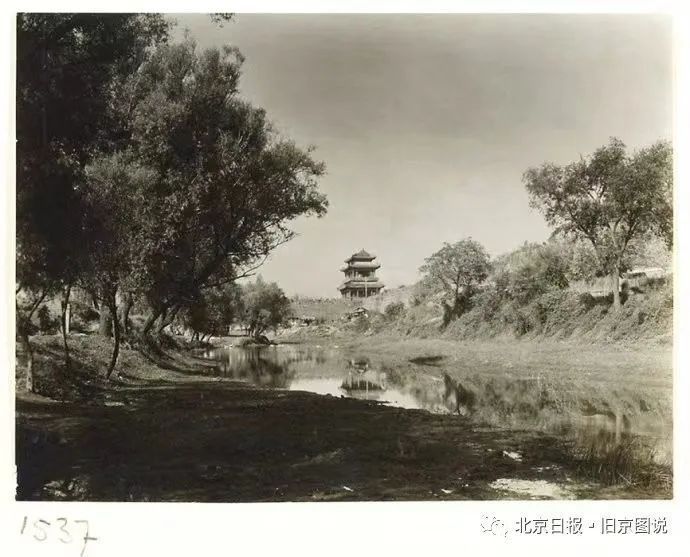
Yongdingmen gate tower taken from east to west on the south bank of the moat river on the east side of Yongding Gate. Hedda Morrison
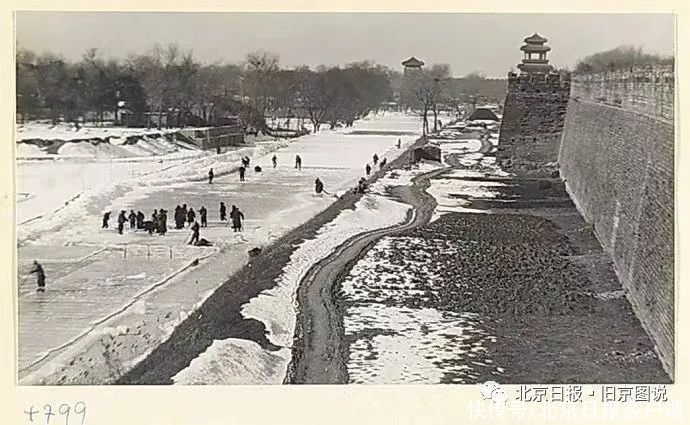
This photo was taken by Morrison standing on the east wall of Yongding Gate in winter, facing west. In the towers and arrow towers, you can see that the moat is frozen with thick ice. Many people are on the ice. What are they doing? It is very likely that they are picking ice and freezing the ice that is as thick as forty or fifty centimetersThe layers are cut into long squares, transported to the ice cellar for storage, and supplied to places that need cooling, heat preservation, and freezing in summer. Old Beijingers call this industry the ice bureau. Hedda Morrison
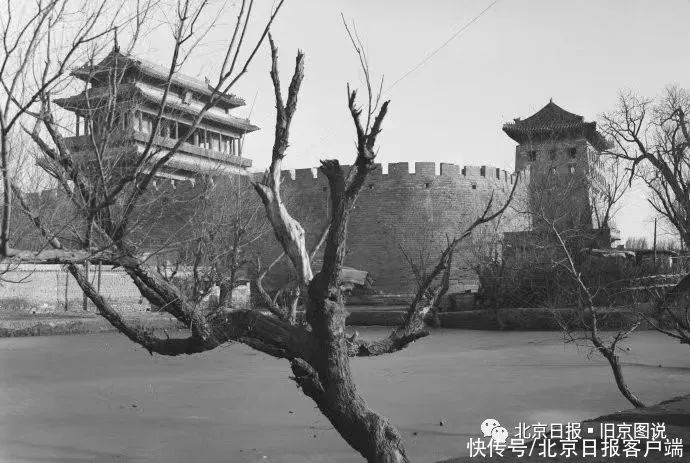
On the south bank of the moat outside Yongding Gate, from southwest to northeast, the Yongding Gate tower and urn in winter. The moat was frozen with thick ice, but there was no one on the ice. Hedda Morrison
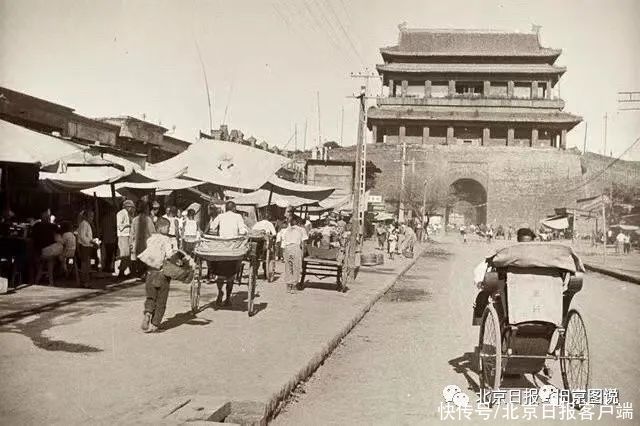
Around 1940, Yongdingmen Gate Tower and Yongdingmen Inner Street were photographed from north to south in Yongdingmen City.
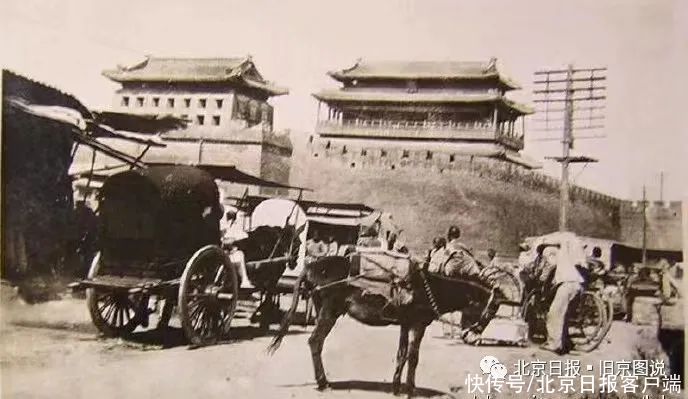
During the period of the Republic of China, Yongdingmen’s Arrow Tower and Wengcheng were photographed from southeast to northwest on the side of the road outside Yongdingmen.

In 1946 after the end of the Anti-Japanese War, Yongdingmen’s arrow tower, city tower and urn city were photographed from southeast to northwest on the bank of the moat.

In 1948, the famous French photographer Henri Cartier-Bresson shot the Yongding Gate Arrow Tower from south to north outside Yongding Gate. In the photo, it can be seen that sandbags were used as a fortification under the tower.

Early 1953, Yongdingmen arrow tower and gate tower, taken from west to east. It can be seen that the Yongdingmen Wengcheng has been demolished at that time, and the towers and arrow towers have become separate buildings and are no longer a whole. At that time, for smooth traffic, a gap had been opened on the east side of the Yongdingmen gate tower, but the gap had not been demolished or a bridge had been built on the west side of the gate tower.
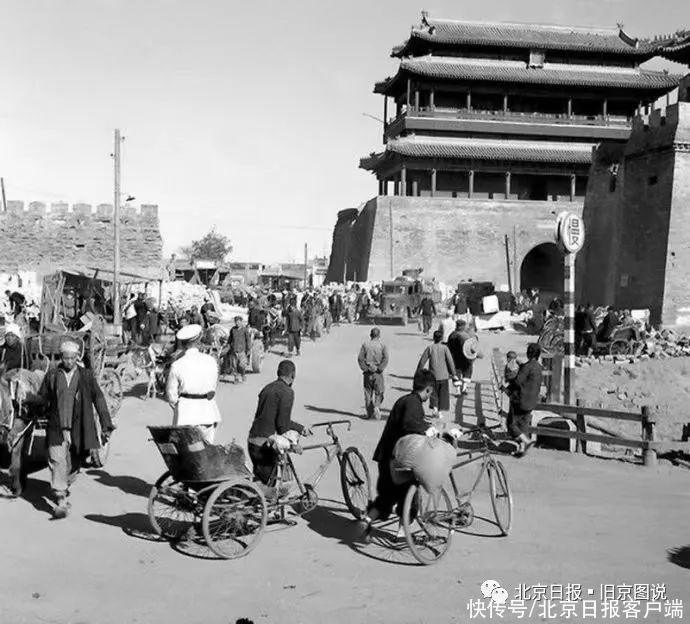
In 1953, the Yongdingmen gate tower was photographed from south to north. It can be seen that the west side of the gate tower has been cut open and erected on the moat. A bridge, seeing so many vehicles and pedestrians in the photo, did make a gap to ease the traffic congestion.
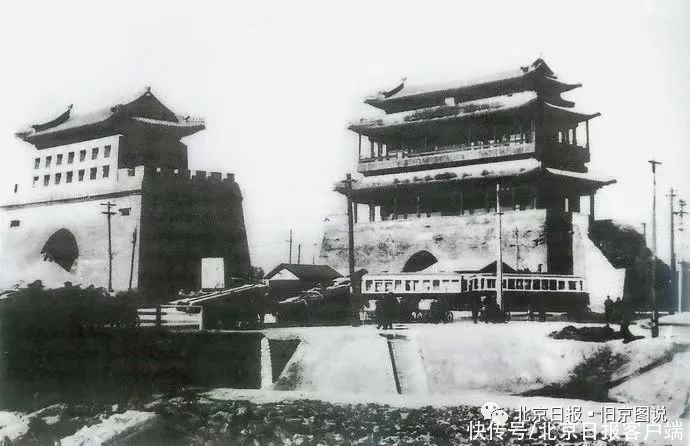
The tower and the arrow tower of Yongdingmen were photographed from southeast to northwest in 1954. You can see that there was also a moat on the east side of the tower of Yongdingmen. new bridge.
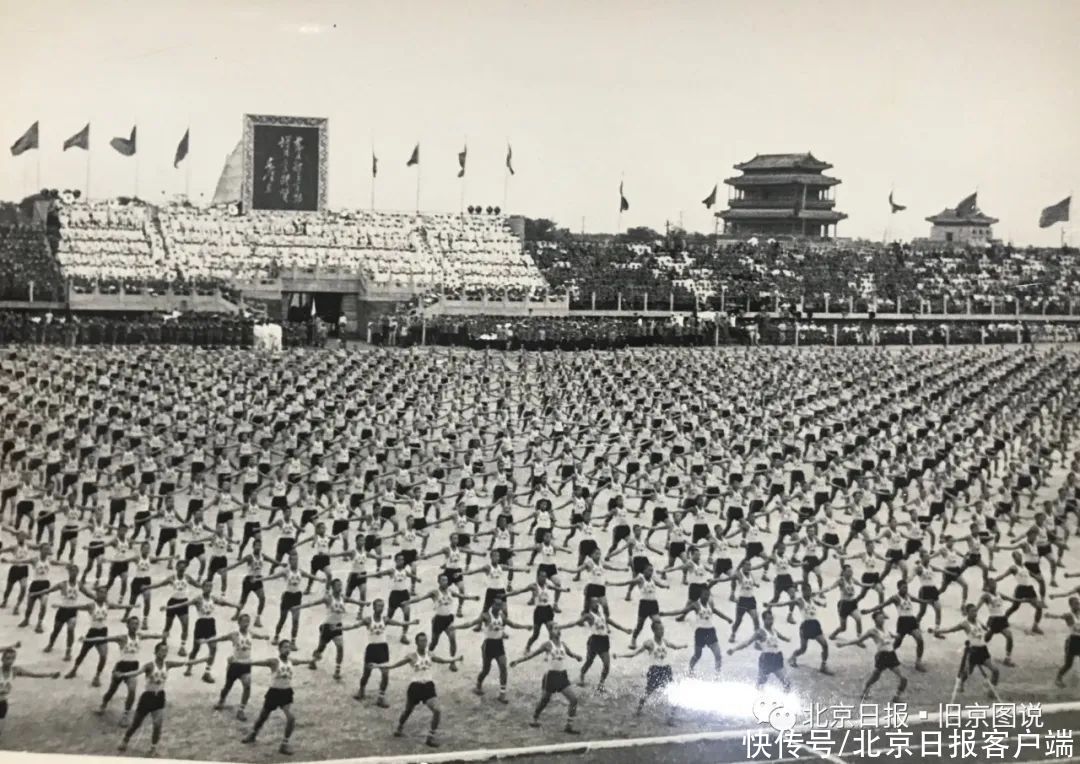
This is around 1955. Beijing held a large-scale sports meeting at Xiannongtan Stadium. The large-scale group gymnastics are being performed in the photo, which can be seen in the distance. The gate tower and arrow tower of Yongdingmen.
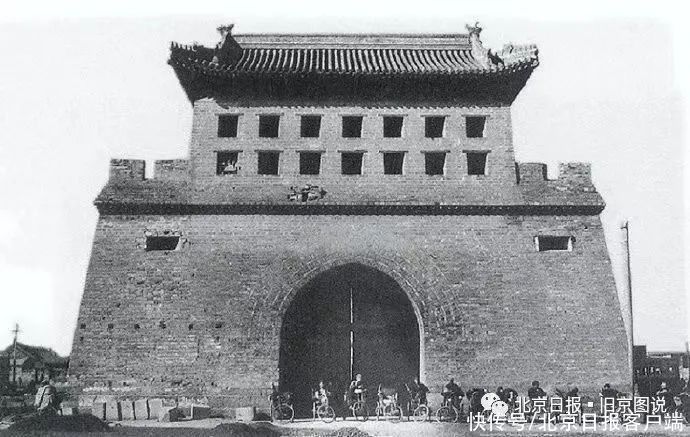
Yongdingmen Arrow Tower, photographed in 1955, there are more than a dozen tricycles under the lonely tower. Since the liberation in 1949, the government believed that the yangche was driven by people, and the guests sat on the car, which was not equal, so it banned the yangche, and the tricycle riding and the guests were all seated, which was equal, so it was retained. Tricycles. Downstairs of the Yongding Gate was a spot where tricycles were waiting for guests at that time. Old Beijingers called it the car entrance.
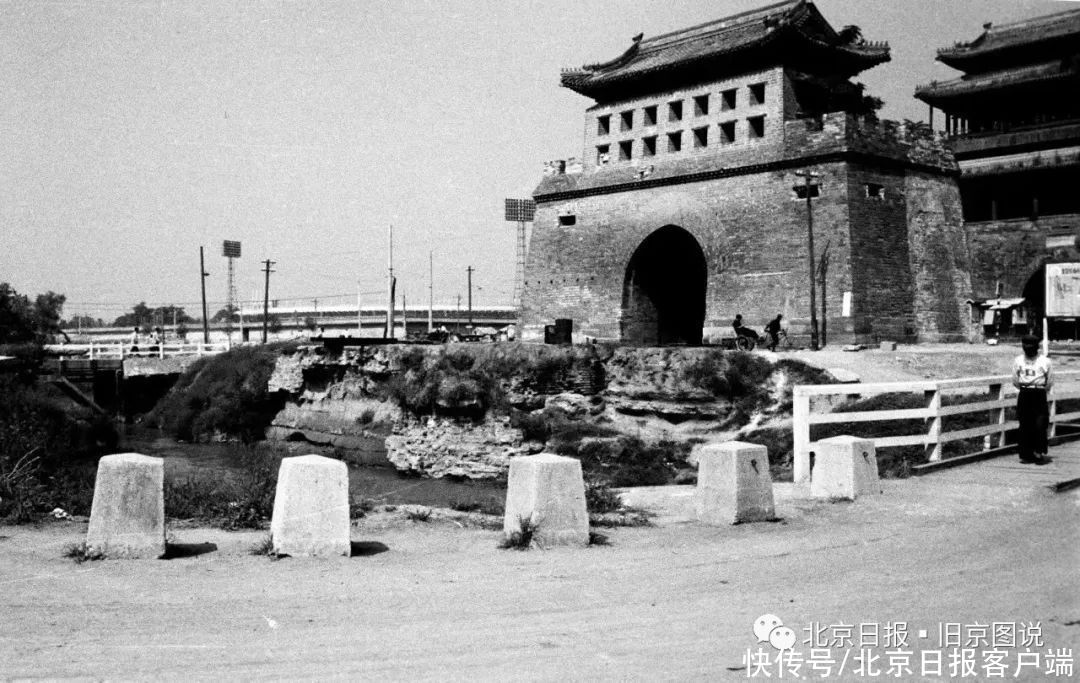
Yongdingmen Arrow Tower, taken from southeast to northwest in 1956.
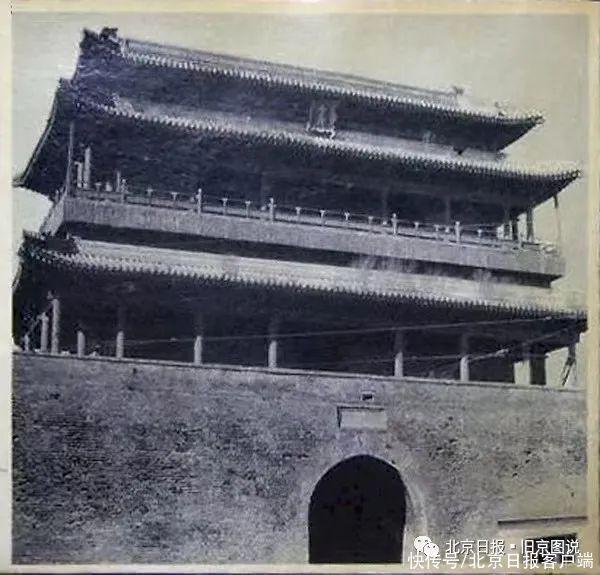
In 1956, Yongding was shot upwards under the gate of Yongding Gate Gate tower. A year later, all the towers and arrow towers of Yongding Gate were demolished. It is a pity and a pity. When Yongding Gate was demolished in 1957, it was just in time for Beijing to build a large-scale chemical dangerous goods warehouse-Santaishan Dangerous Goods Warehouse At that time, the above-ground and underground warehouses of the warehouse were almost built, and the surrounding walls were just about to be built. The city government decided to use the city bricks of Yongdingmen to build the walls of the warehouse. At that time, it was considered to be waste utilization. Using this batch of city bricks, the walls of the Santai Mountain warehouse were built together, and there was no scattered treatment, so that when the Yongding Gate Tower was rebuilt in 2003, the city bricks were removed from the Sandai Mountain wall and transported back to Yongding Gate. Build it on the tower of Yongding Gate.
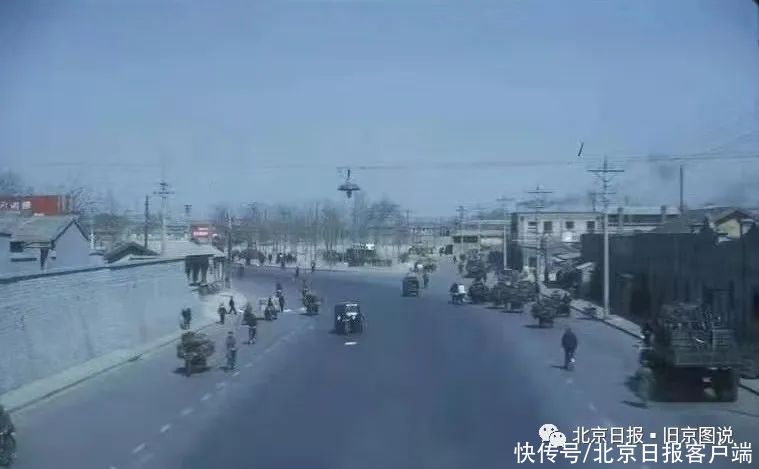
More than 40 years ago, the photo was taken from the railway bridge south of Yongdingmen, heading north. Although the Yongdingmen tower is gone , but it can still be seen that the road to the north is forked in front, turn left and then go north is the original Yongding Gate.